Demographic information has the power to reveal important trends in access and treatment needed to improve health outcomes for our 1.5 million health care members.
To better understand who our members are, we created the Health Demographic Profile, an online survey available to CalPERS health members 18 years and older. This provides an opportunity for you to tell us about your race and ethnicity, written/spoken language, gender identity, and sexual orientation.
“We believe everyone deserves high-quality, equitable health care regardless of race, ethnicity, language, sexual orientation, gender identity, where you live, or your physical or mental health,” said CalPERS’ Chief Clinical Director Dr. Julia Logan. “As the largest public employee health care purchaser in California, we believe it’s our responsibility to identify and eliminate health disparities, and that begins with knowing who you are.”
We are in the beginning stages of analyzing demographic information provided in 2022. Below is a preview of what we are learning.
Here’s What You Told Us
We analyzed approximately 174,000 health demographic profiles from 2022 — 116,000 from Basic members (those not on Medicare) and 58,000 from members on Medicare.
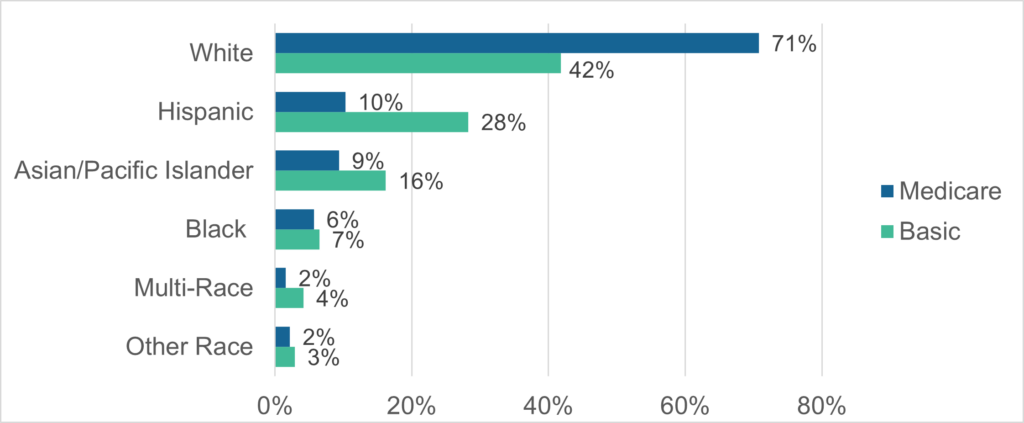
Race and Ethnicity Helps Us Identify Disparities
There’s a difference in the distribution of race and ethnicities between our Basic and Medicare members. Basic members are more racially and ethnically diverse, which seems to indicate our membership is increasing in diversity over time.
“Multi-race” is defined as individuals who selected more than one race. “Other race” includes members who identify as “American Indian or Alaska Native,” “other,” or “I don’t know.” We grouped these responses, as each category was too small to analyze.
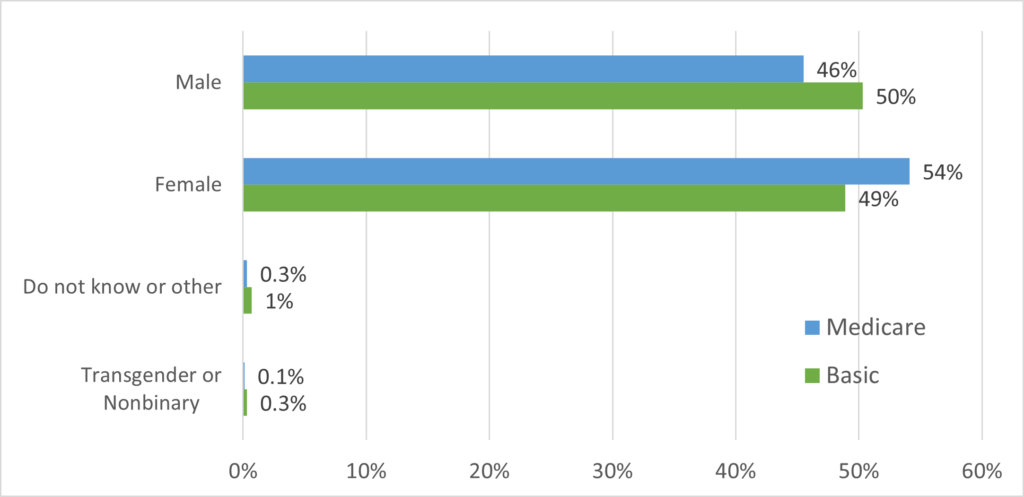
Gender Identity of Our Basic and Medicare Members
The data on gender identity helps us identify disparities and will help health care providers deliver more inclusive and culturally competent care. For example, we know from reported studies that transgender persons face increased barriers to care, relative to other populations, particularly in finding providers with experience treating these members.
Knowing this, we established new requirements for our health plans starting in 2024 to achieve industry accreditation in health equity and ensure they provide diversity, equity, and inclusion training for all health care personnel.
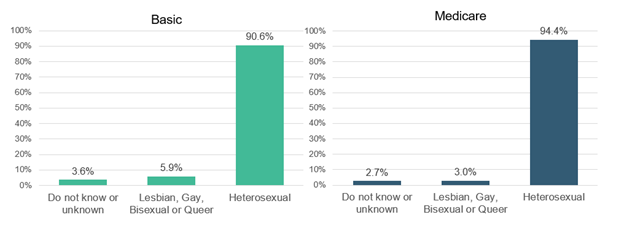
Knowing How You Identify Helps to Deliver Inclusive and Culturally Competent Care
Knowing the sexual orientation of our adult members helps us to develop appropriate and equitable services to ensure that no one goes without the care they need.
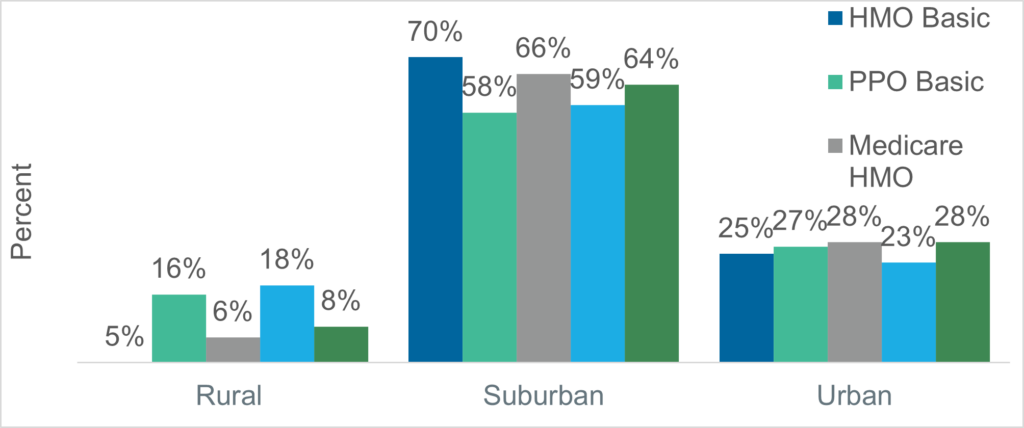
Where You Live
A majority of our members who live in rural areas are enrolled in a preferred provider organization (PPO) plan, highlighting the importance of these plans in areas where plan choices have historically been limited.
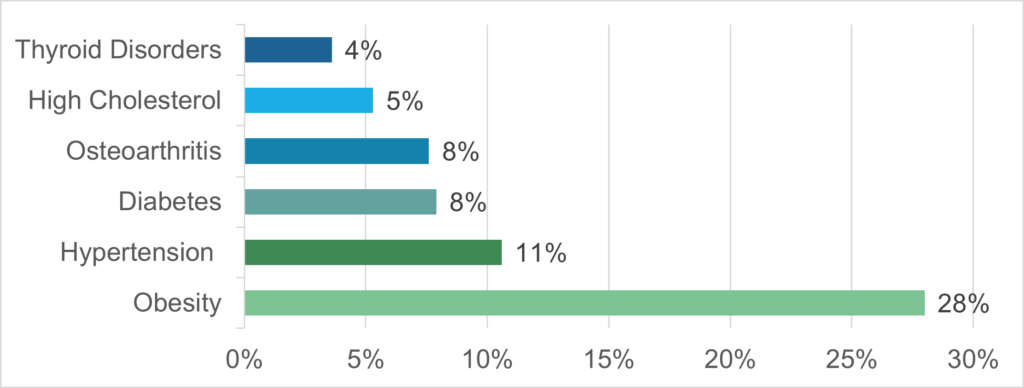
Understanding Members’ Most Chronic Health Conditions (Data based on anonymized claims information from CalPERS’ data warehouse.)
The most common chronic health conditions our members reported experiencing in 2022, shown above, also reflect national trends. Obesity, high cholesterol, high blood pressure or hypertension, and diabetes are the most common chronic conditions.
Twenty-eight percent of our Basic adult members are obese, which is consistent with California averages of 25% to 30%, but lower than the national rate of 42%. Managing these diseases will help us improve the overall health and well-being of our members and lower the overall cost of caring for these conditions.
Take the Survey
You still have time to make your voice heard by completing your Health Demographic Profile. It takes less than two minutes and will help CalPERS make necessary changes to ensure everyone has a fair shot at living the healthiest life possible.

